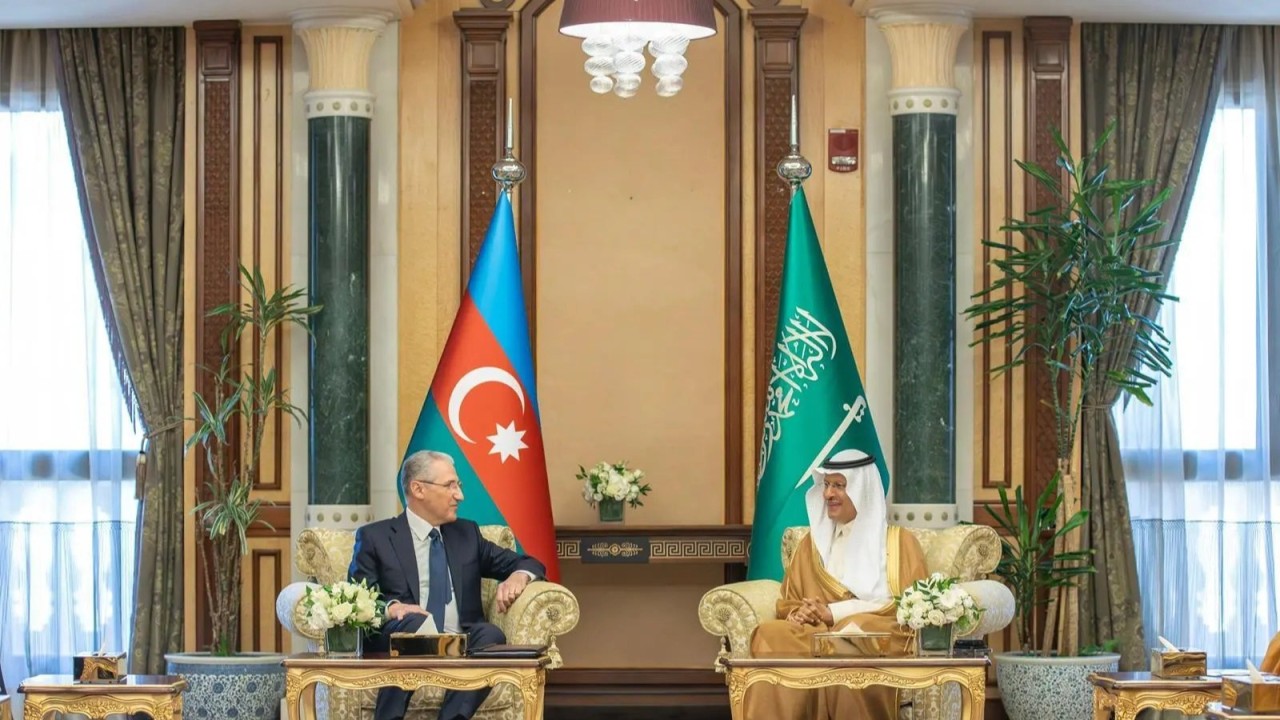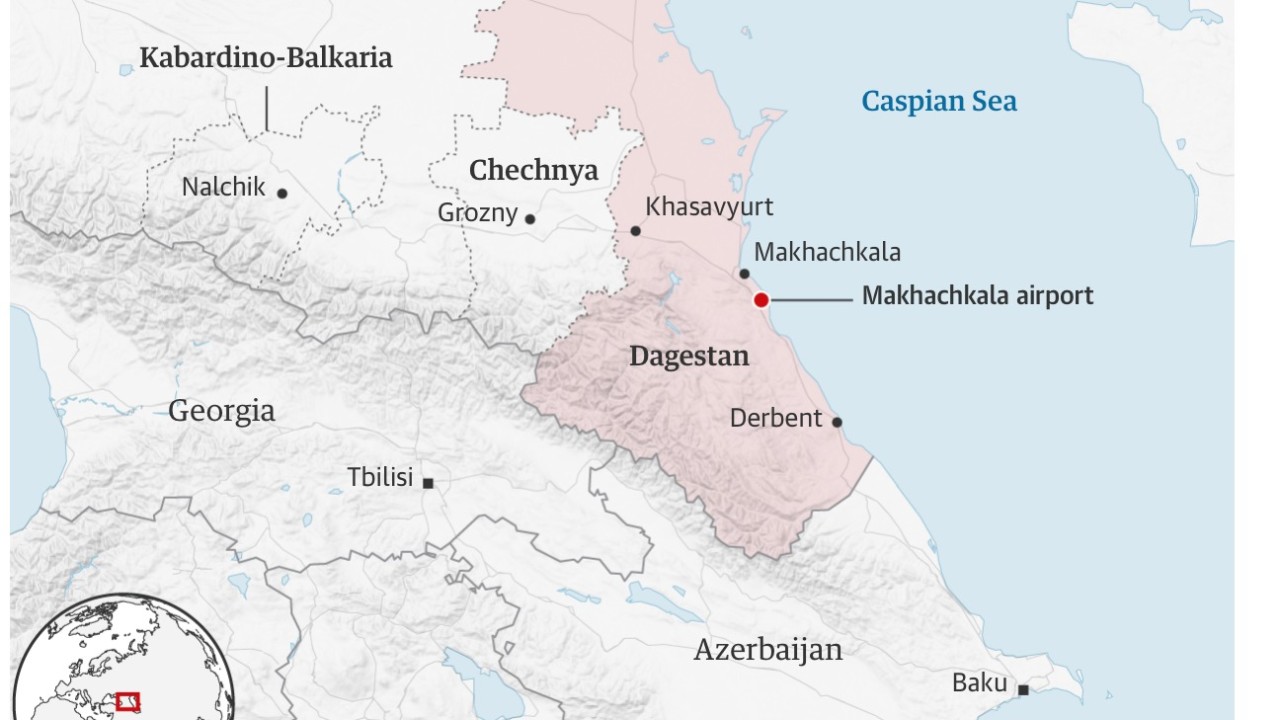Meghri and its environs are uniquely positioned in Armenia. Nearly 400 kilometers from the Armenian capital, Yerevan, Meghri municipality is physically separated from the rest of the remote southern province of Syunik, accessible only by two highways crossing over high mountain passes south of the cities of Kajaran and Kapan, respectively. Meghri municipality is lightly populated, with the majority of its 11,377 inhabitants (as per the 2011 Armenian census) concentrated in the towns of Meghri and Agarak, each of which have around 4,500 inhabitants. The municipality also hosts Armenia’s only border crossing with Iran. (Azerbaijan routinely claims the border area as part of its envisioned ‘Zangezur Corridor.’) These factors make Meghri a of supreme strategic importance for the Armenian state.
Following Armenia’s defeat in the 2020 Second Nagorno-Karabakh War, Meghri has become the target of Azerbaijani threats, with Azerbaijani President Ilham Aliyev insisting on his interpretation of the 2020 ceasefire agreement to implement the ‘Zangezur Corridor.’ Aliyev demands that Armenia allow free transit between Azerbaijan proper and its exclave of Nakhichevan without oversight by Armenian officials or border guards. (Instead, Azerbaijan suggests that the route be monitored by the FSB, Russia’s domestic intelligence agency.) Azerbaijan’s aggressive rhetoric has stirred fears of a military offensive around Meghri, fears which intensified following Azerbaijan’s military takeover and ethnic cleansing of Nagorno-Karabakh in September 2023.
Despite mounting tensions, there is little indication of panic or pervasive imminent security concerns in Meghri today. Locals continued to go about their lives largely as they always have, with the calm winter months helping to dissipate reported anxiety about an imminent Azerbaijani attack following Baku’s seizure of Nagorno-Karabakh. Anna[1], a 30-year-old small business owner in Meghri, described the uncertainty around the ‘Zangezur Corridor’ as most locals’ primary concern. “Our big worry is if Azerbaijani soldiers are on Armenian soil here, overseeing the corridor,” she said. For Anna, the worry was “if we give [Azerbaijan] the corridor, and their soldiers are here, they could then launch an attack [on Meghri]” – although she also conceded that Azerbaijan could attack them anyways. Anna also stated that she did not want any third party involved in the corridor on the ground, whether in the form of Russian, US, European or other personnel. “Only the Armenian army should be present at the corridor,” Anna said.
While there is significant Russian military and border security infrastructure present in Meghri municipality, active Russian checkpoints and restrictions on movement around Meghri are few. Entering Meghri from the north (from the direction of Kajaran), there are no Russian posts or checkpoints, abandoned or otherwise. An empty Russian checkpoint sits just south of the town of Meghri, while there is a large manned Russian border post at the intersection of the road from Meghri and the road that runs parallel to the Araks river/Iranian border. Anna stated that there had previously been more Russian checkpoints and guard posts active in Meghri region, but that the number of these had decreased in the past year or so. A Russian crew was seen repairing the border fence that runs along the Araks road, while another Russian border post is present at the turnoff from the Araks road to the town of Agarak. There is, of course, a large Russian/Armenian base at the Agarak border crossing with Iran. To the east, there is a Russian border post at the turnoff from the Araks road towards the village of Alvank.
The only inhabited area actively restricted by Russian and Armenian forces is the village of Nrnadzor, the easternmost settlement (in the direction of Azerbaijan proper) in Meghri municipality. A large joint Russian/Armenian border guard base about 6 kilometers west of the turnoff to the village blocks all entrance or movement further down the road going east. Upon arriving at the base, ISA researchers were told by both Russian and Armenian border guards that Nrnadzor is a ‘border zone’ that requires special NSS permission to visit, permission which takes ‘at least two weeks’ to receive. This sort of situation was not encountered anywhere else in Meghri municipality.
Perhaps most importantly, socioeconomic conditions in Meghri municipality are good and improving, thanks to the region’s abundance of mining and status as an international trade hub with Iran and beyond. Locals displayed excitement and enthusiasm at a number of ongoing projects, particularly a series of new roads and enlarged trading facilities with Iran. Armen Samvelyan, the deputy mayor of Agarak, described in detail to ISA the enormous, multi-stage road project that will overhaul the entire road network between the Iranian border and Sisian, where Armenia’s main north-south highway runs further onwards towards Yerevan. Last month, Iranian firms began construction on a $215 million road project between Agarak and the Kajaran mountain pass; Iranian road crews were visible on the road itself, carrying out initial works. This project is the first in the stage of a series of massive works expected to be finished in 2030 – according to Samvelyan, once they are complete, the travel time from the Iranian border to Yerevan, a journey that presently takes about seven hours, will be reduced to five. There is also a project underway to majorly upgrade the size and capacity of the Armenia-Iran joint customs house on the border, expanding the current customs-check road from a single lane to four lanes. “We are all very much looking forward to [these projects] being completed,” Samvelyan said.
In the village of Lehvaz, the third-largest settlement by population (571 individuals as per the 2011 census) in Meghri municipality, locals were upbeat about conditions. “It’s a great village – people are even moving here from other areas for work,” said Artur, a store owner in his early 30s in Lehvaz. Artur stated that, unlike many villages in Armenia, the youth of Lehvaz were not leaving the village and were staying put – a statement underscored by a nearby group of teenage boys, one of whom chimed in to add that “Lehvaz is a very high-quality village.” Artur said that he and the rest of Lehvaz’s inhabitants were “very excited” about the new road projects and the opportunities they would bring. Even a group of older men in Agarak, ranging in age from 65 to 89, admitted that, despite their complaints (mostly of the sort common among that generation in any rural area in Armenia), there was no shortage of employment opportunities locally. “If you want work, you can easily find it,” one of them stated.
Despite tensions with Russian border guards in other areas of Armenia and growing dislike and distrust of the Russian government in Yerevan and the Armenian populace more broadly, concerns over Russian presence are not acute in Meghri. Locals in Meghri and its surrounding villages are accustomed to the Russian presence, as they have never known anything else – the still-active agreement for Russian troops to guard the Iranian border was signed in September 1992, less than a year after the collapse of the Soviet Union. Anna, the small business owner, stated that “Russian [border guards] have been here my entire life – this is totally normal for me and doesn’t bother me, unless they interfere with freedom of movement.” Samvelyan, the Agarak deputy mayor, similarly stated that “Russian border guards have been present my entire life and it is totally normal – [their presence] doesn’t bother me at all.” Other locals gave near-identical responses, some even considering the question itself to be strange.
Naturally, both Meghri and Agarak do still have some problems, many of them typical for provincial Armenian towns. Most apartment buildings in Agarak do not have gas – they have gas lines connected to them, but no gas is running through them, for reasons that are unclear. Samvelyan also detailed problems with regional electrical lines and water filtration, saying that the former date from Soviet times, often physically break down and need to be replaced. Nevertheless, locals by and large stated that they were pleased with the Armenian government’s activities in their region and felt attended to by Yerevan.Samvelyan stated that he had personally moved back to Agarak after 20 years of living in Yerevan after being offered a post in the town’s administration, precisely because he saw conditions improving in the town and a genuine political will on a national level to continue to develop the region. Anna similarly stated that she largely trusts the government to attend to Meghri and listen to the residents’ concerns, and that most people in the town felt similarly. She cited the recent construction of a new water reservoir in the area as an example of how the government had responded to a specific problem Meghri locals had raised to authorities – in her words, “if we have a problem here, [the government] solves it quickly.” The increased international attention to the region, especially in the form of increasing ties and trade with neighboring Iran, has also helped allay locals’ worries about potential security issues stemming from Azerbaijan. In all, the viewpoints of locals in Meghri municipality on present socioeconomic conditions were largely positive.
[1] ‘Anna’ is a pseudonym – the source requested that her real name not be used for this article.



